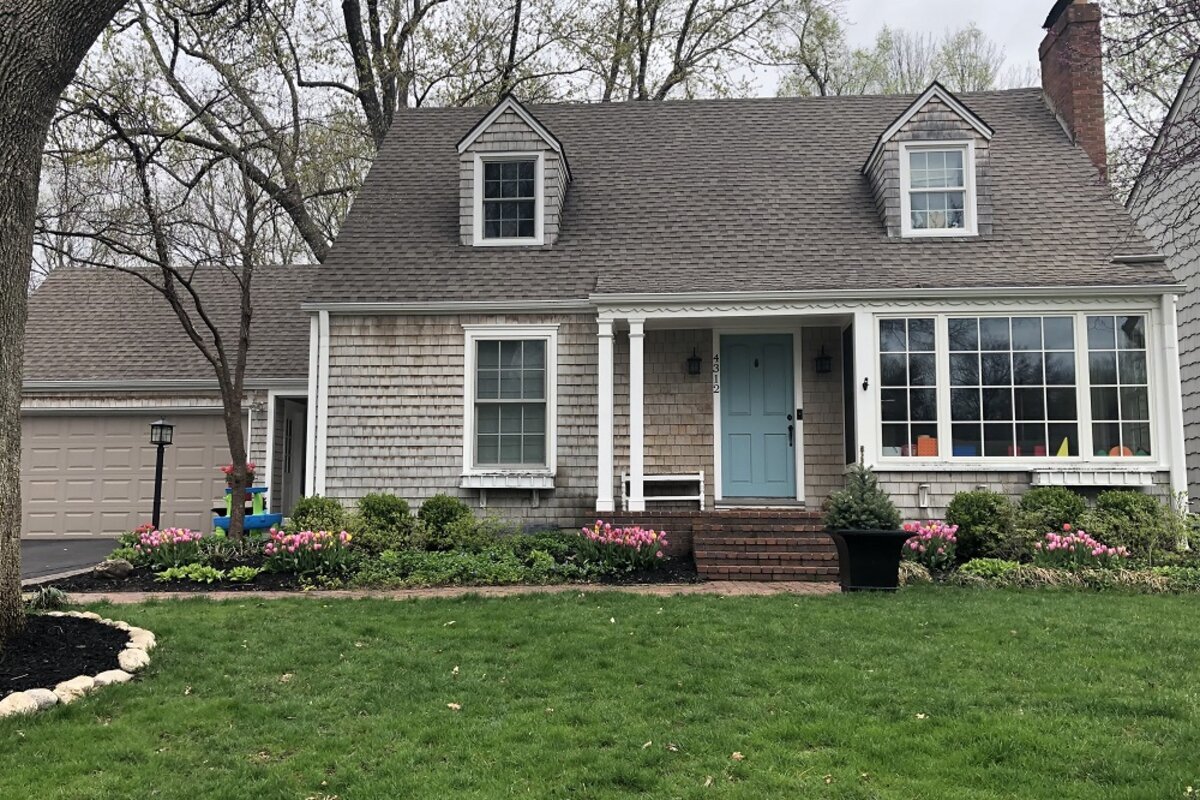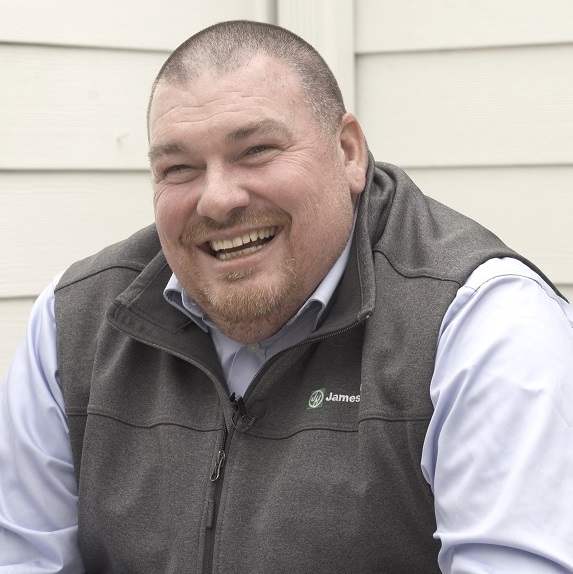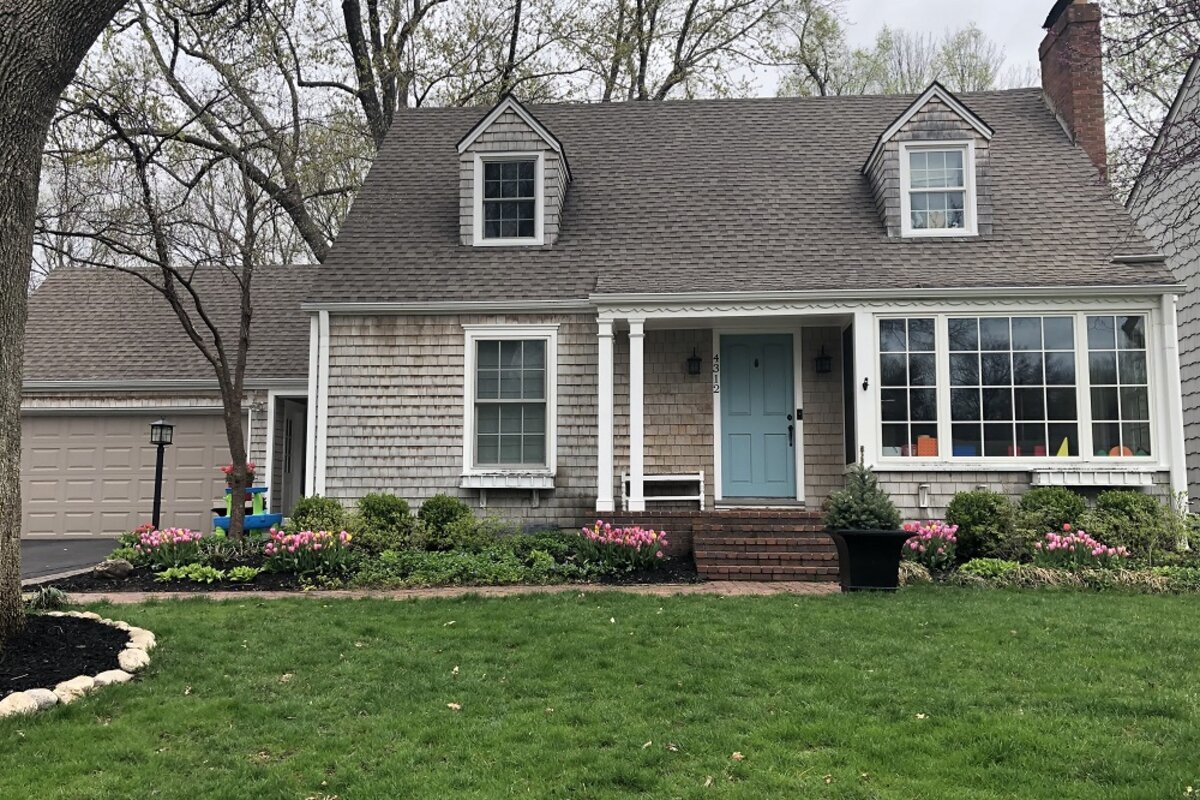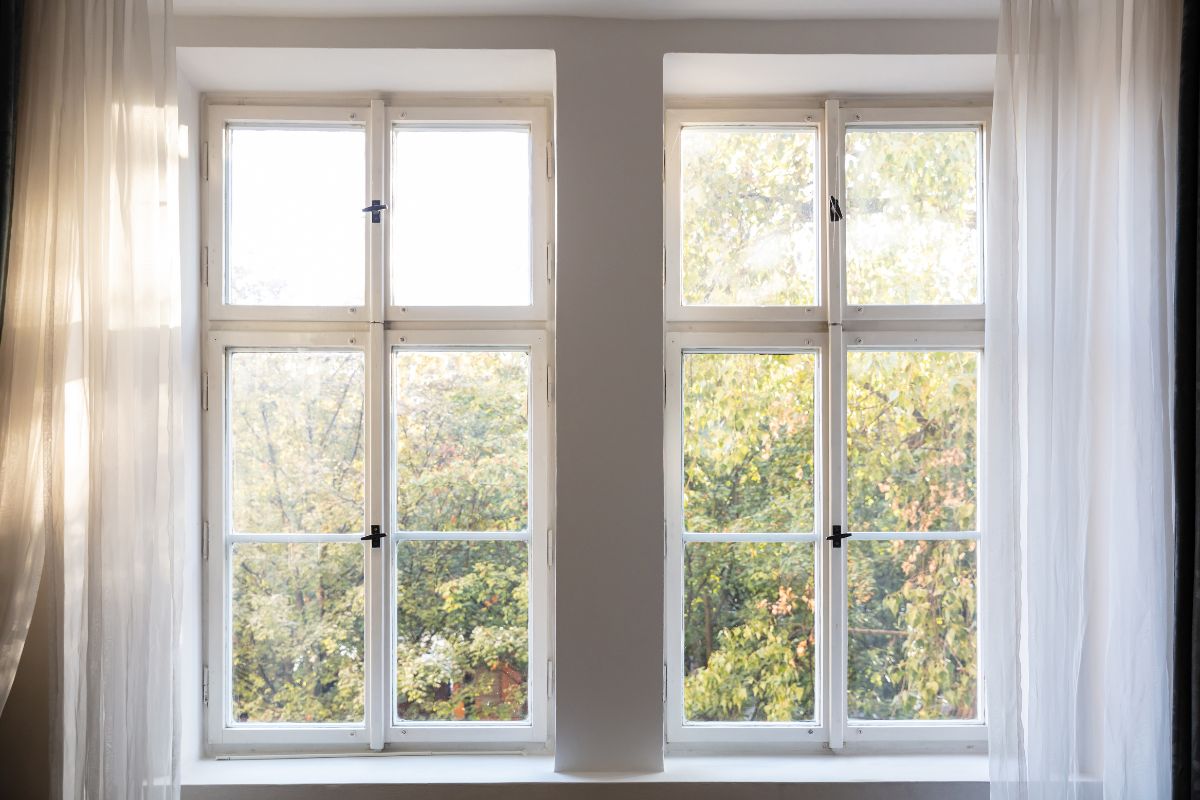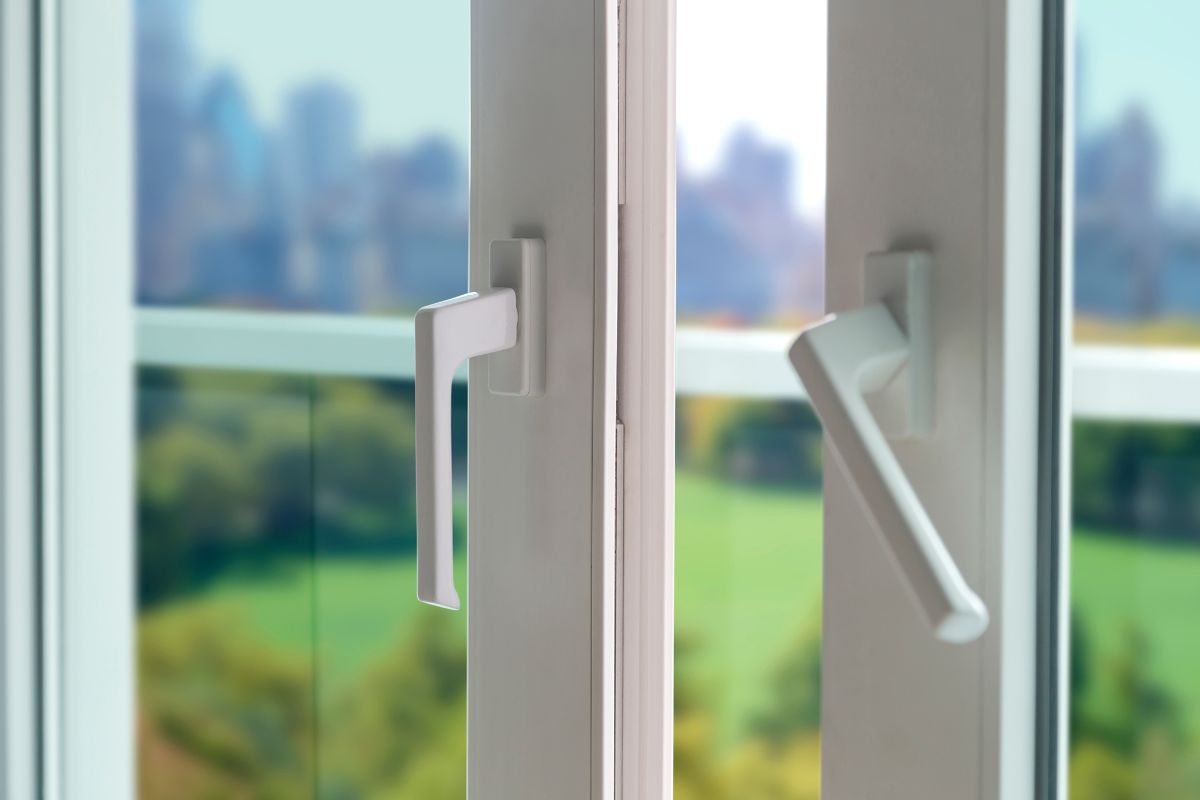The best siding for your house should last for decades with little upkeep. It should handle tough weather, avoid damage, and still look good without needing lots of paint or repairs.
This post explains what makes siding easy to care for, compares top materials, and shows why fiber cement is a popular choice. If you’re planning a siding upgrade, understanding the pros and cons of each type can help you choose the right fit for your home and long-term goals.
What Makes a Siding Material Low-Maintenance?
Low-maintenance siding doesn’t need frequent repairs, repainting, or special care to stay in good condition. A good siding product should:
- Resist rot, warping, and insect damage
- Stand up to rain, heat, snow, and wind
- Keep its color without fading fast
- Need very little cleaning or touch-up work
- Last for decades with minimal attention
Some materials check more of these boxes than others. Let’s walk through the most common options.
Common Siding Materials Compared
Vinyl Siding
Vinyl siding is a budget-friendly and widely used option. It’s made from PVC plastic and comes in colors and styles.
- Pros: Easy to install, won’t rot, never needs painting
- Cons: Can crack in cold weather, may fade or discolor, not very impact-resistant
Homeowners who want a quick and affordable upgrade often consider vinyl. But it may not offer the durability some are looking for.
Engineered Wood Siding
Engineered wood is made from wood strands or fibers bonded with resin and coated for protection.
- Pros: Looks like real wood, easier to install than solid wood
- Cons: Needs to be painted or stained, can still absorb moisture over time
It’s a solid middle ground for those who like the look of wood but want less upkeep.
Stucco Siding
Stucco is a cement-based material applied in layers over a mesh or foam base. It’s often found in dry or warm climates.
- Pros: Fire-resistant, long-lasting when installed properly
- Cons: Can crack in freeze-thaw conditions, absorbs moisture in wet areas
For homes in the right region, stucco can work well, but in areas with more seasonal changes, it may need more repair.
Stone Veneer
Stone veneer gives the look of real stone without the weight. It’s often used as an accent.
- Pros: Great curb appeal, doesn’t need painting
- Cons: Expensive, may chip or loosen over time, not always watertight
It’s best used in small sections, not as full siding coverage.
Why James Hardie Fiber Cement Is the Best Siding for House Longevity
We often recommend James Hardie fiber cement siding because it’s one of the most reliable and low-maintenance materials on the market. It’s made from a mix of cement, sand, and cellulose fibers, creating a product that can handle just about any weather.
Built for Harsh Conditions
Fiber cement siding is known for resisting:
- Rot and termites
- Cracks from heat or freezing
- Wind and impact damage
- Warping or swelling from moisture
In our area, where storms, humidity, and seasonal shifts are common, this siding keeps homes protected throughout the year.
Real Wood Look Without the Upkeep
One thing our clients love is that James Hardie boards are made to look like real wood. You get the same warm appearance but without the issues that come with traditional wood.
Hardie siding also comes with ColorPlus® Technology. This baked-on finish keeps the color vibrant much longer than standard paint. You don’t have to repaint every few years, which cuts down on time and costs.
Why More Homeowners Are Choosing Fiber Cement Siding
Long-Term Value
Fiber cement siding lasts for decades with very little care. It doesn’t need repainting often, and it won’t crack or crumble the way other materials might. That means fewer repairs and better protection over time.
Insurance and Fire Ratings
Some insurance companies even offer lower premiums for homes with fiber cement siding because it has a high fire rating. That can be a plus for safety and savings.
Warranty and Peace of Mind
James Hardie offers one of the strongest warranties in the industry. We install it according to the manufacturer’s specifications so our clients get the full benefit. When it’s installed correctly, it’s a long-lasting upgrade that boosts both function and appearance.
Things to Consider Before Choosing Siding
Before picking any siding material, here are a few things to think about:
- Climate: Some materials handle moisture or extreme temperatures better than others.
- Maintenance: Ask yourself how often you want to clean, paint, or repair your siding.
- Budget: Consider not just the upfront cost but what you’ll spend on upkeep over 10–20 years.
- Curb Appeal: Ensure the siding you choose matches your home’s style and neighborhood.
Final Thoughts: Choosing the Best Siding for Your Home
Fiber cement is a smart choice if you want siding that’s durable, holds its color, and needs little upkeep. We believe it’s the best siding for house owners who want something they can trust for years.
At All Star Window & Siding, we specialize in installing James Hardie products. We’ve seen how well it performs and how happy our clients are with the results.
Need help deciding what’s right for your home? Contact us today to schedule your consultation at no cost. We’ll walk you through the options and make sure your home gets siding that lasts.


